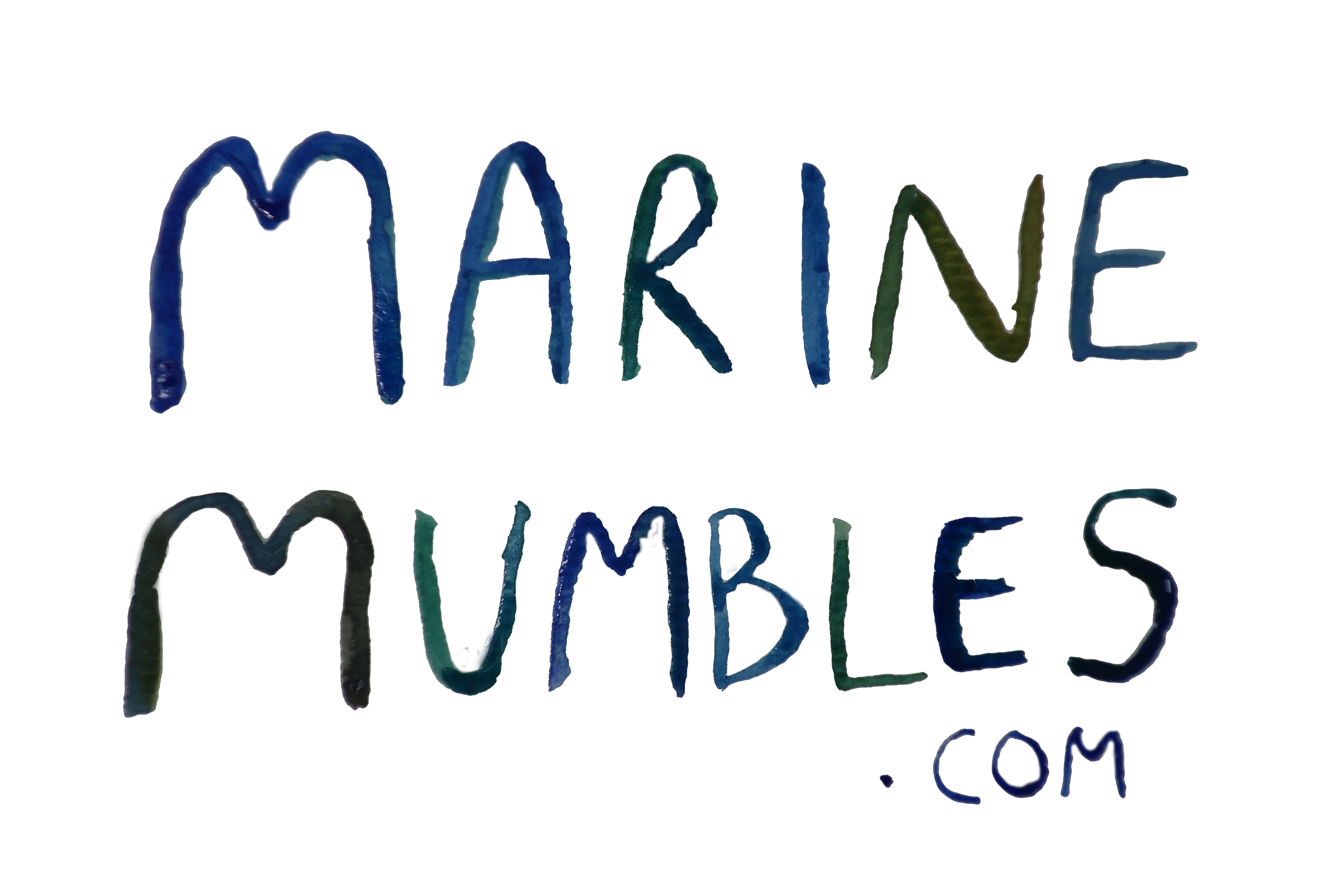The reason why I decided to draw a european plaice (Pleuronectes platessa) as my first fish on this site does not come from interested I’ve gathered from my degree, it is actually because that this is my favourite fish to eat! I fell in love with marine life from my fishing experiences so I do feel it is important to mention them on this site from time to time. Fishing can also be a great way to get fish without buying from commercial stores. But eating fish is not for everyone, and the practice of fishing can be quite controversial, so I will also tell you apart from their great taste why these are amazing fish.
Firstly, I personally find them oddly very cute. There just like pugs, you love them despite/because they are that ugly! Plaice are flatfish, which are in general a bit of an odd-looking group anyway. Their bodies are dorsoventrally compressed (the top and bottom has been “squished” to make them flat, like a pancake!) which means they lie flat to the sea floor. Plaice, as all flatfish do, start out a normal symmetrical larvae go through many complex stages of metamorphoses where the fish can look physiologically and morphologically different. As the fish larvae undergoes metamorphosis through different stages its body becomes more flattened and in the case of plaice the left eye will migrate from the left side of the body towards the center/right side. Plaice are therefore an example of a right sided flatfish.
Sometimes we can take for granted just how awesomely bizarre these little fish are! If you’re a fisherman as I have been during my whole life, you may not consider this fish being flat as anything special because its just what you’ve always seen. But if you actually think about it, this fish has evolved to completely change its morphology to become an asymmetrical vertebrate. Flatfish maybe common and pretty ordinary in the UK, but the evolution that had to occur for this species is extraordinary! For emphasis on just how flat they look I have included the below picture is of a solnette (Buglossidium lute), which is not a plaice, but it is a good example of the underside of a flatfish.

A solenette (not a plaice) – These little guys kept sticking to our hands as we sorted through a beam trawl sample.
Lots of research has been done to try determining why a flatfish became flat, the main reason is though to come from the obvious benefits to them as benthic fish of being more cryptic. However, using fossil records the stages of this evolution is still being studied. It is also not surprising that fishes can evolve to be so morphologically different. As a group fish are massively diverse, but some most obvious morphological difference between fish people think of straight away are species such as tuna and an anglerfish, but the difference between those and a flatfish are also huge. I could probably type for hours on the craziness of evolutionary adaptations of fish body types but since I don’t know it well enough i’ll leave it there, but its well worth a read up on!!
Despite this fish looking as close to a pug in my eyes that a fish could get, they also do have gorgeous bright orange spots. For a UK fish species this is quite pretty, and is one identifying feature to help tell a plaice apart from other similar UK species. Another identification features 7 bumps (a bony ridge) between the eyes and the gills of the fish.
As well as complex metamorphosing lifecycles plaice also occupy a lot of different marine areas during its lifetime. As an adult and early larva stages it inhabits the deeper oceans but at a juvenile fish stage it inhabits much closer shores and estuaries. From fieldwork I have also seen super super cute tiny plaice from beach seines caught in water deep enough for a tall person (so …not me!) to stand in. Inhabiting different zones within a fish’s lifetime can make them more difficult to protect and with increasing fishing pressure many UK fish stocks are unfortunately under threat. Plaice are also popular food and can be brought in most fish and chip shops. However, overfishing of plaice only occurred in 1970’s and 1980’s and have since then there numbers have bounced beach as some of the fishing pressure has been released. They are now of ‘least concern’ on the IUCN red list, so you might want to consider plaice over other species next time your in a fish and chip shop that sells it. Numbers of plaice are now as high as the 1950’s numbers, which is actually refreshing to see for a British fish species that’s popular to eat!
Hope you enjoyed reading this brief introduction to the european plaice and flatfish! Please follow me on twitter and Instagram and comment below any questions or comments! Alternatively email me at marinemumbles@gmail.com! Happy fishing/rockpooling!



Thank you for another interesting read. As I knew absolutely nothing about Plaice except like you I like to eat them.
Keep up the good work Marines Mumbler educating unknowable people like myself . Or Knowledgeable people who enjoy a good read. G’m
Thank you, thats exactly what I want this website to do!!